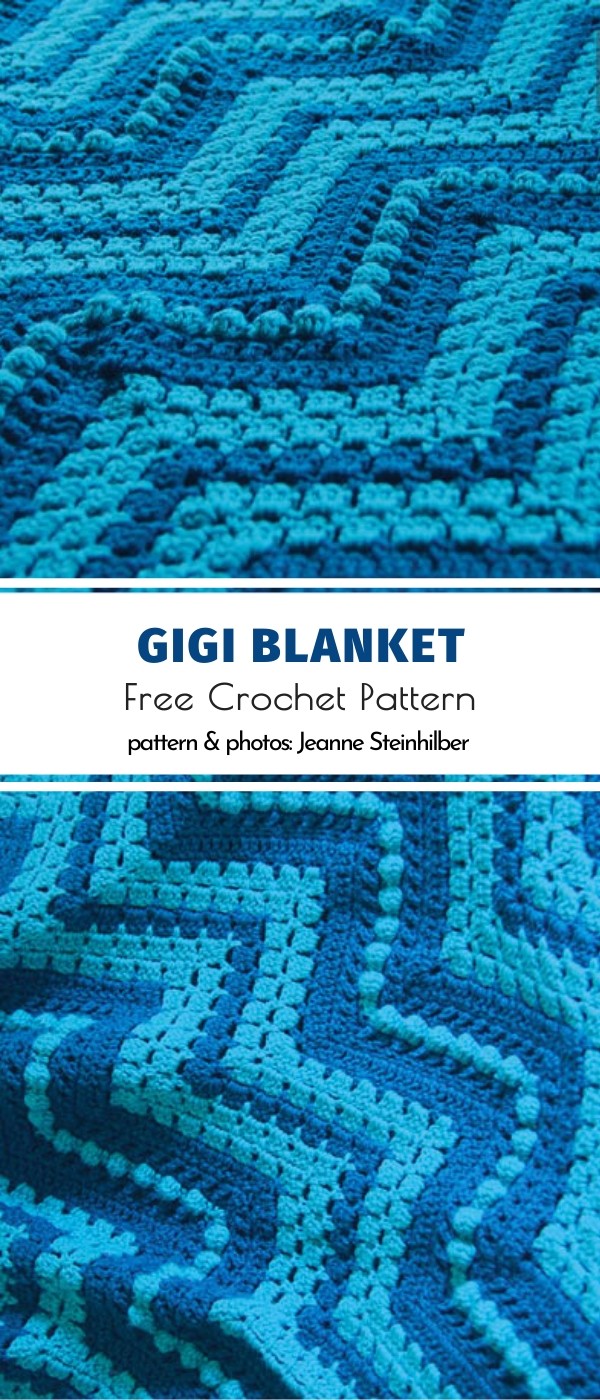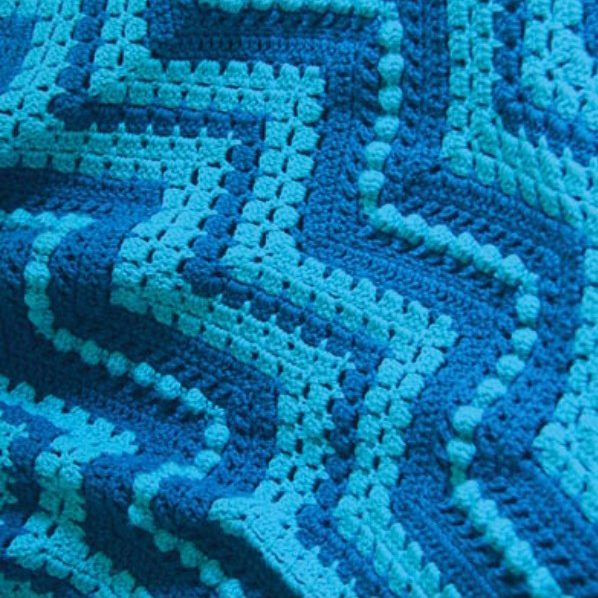The plastic swimming pools have gained space in the houses not only to amuse children, but also adults. They are practical to assemble and it is not necessary to worry about maintenance during cold periods, since the pool will be dismantled. Despite this, you need to know how to clean a plastic pool. Before storing the object in a certain place, after having taken advantage of the heat and the refreshing water, every care with cleaning is essential. This will ensure the longest life of the plastic pool, allowing it to be used more often. In this post you will see more about it and learn how to make a beautiful Gigi Blanket.
But it is worth mentioning that while the pool is set up it also needs cleaning and maintenance. Find out now how you can clean your plastic pool without damaging it: Even while being used, the plastic pool needs to be cleaned. Standing water attracts the mosquito that transmits dengue and there is the possibility of small insects and other dirt falling over there. And if someone continues to bathe in this water they may develop a disease such as conjunctivitis or skin allergies, so cleansing is necessary.
When storing it is necessary to clean it to avoid that the plastic ends up spoiled. In addition to ensuring that the next time the pool is set up, there is no dirt, grease from the body and anything else from the last use in the pool. The water is already clean right in the assembly of the pool and you avoid waste.

How to clean plastic pool step by step
Cleaning in both types of plastic pools is done in the same way. The greatest care is with the plastic, in which the water will be placed. Care to clean a plastic pool involves: 1. Brushing, brushing should be done at least once every two days while the pool is mounted to prevent dirt in the water from sticking to the plastic. In this way, you avoid the appearance of algae and the accumulation of dirt on the bottoms. A soft bristle brush should be used to avoid damaging the plastic. Throw some product suitable for swimming in the water, such as chlorine and algaecide and then rub its edges.
After dismantling it is time to use soap and water to remove any dirt that has stuck to the plastic, including the body’s own fat that remains in the water. Rub without straining and being careful not to damage the pool. The important thing is not to use solvent or abrasive products. 2. Sieve to remove impurities, the sieve is an important accessory even in plastic pools. It serves to remove leaves, insects and any other larger dirt that falls into the water and believe me, it helps a lot in cleaning. Even when it does not rain, these impurities end up falling into the pool water and must be removed as soon as possible so that they do not get dirty in the water. 3. Vacuum cleaner at the bottom of the pool, the ideal is to bet on a vacuum cleaner, so that you can vacuum the bottom of the pool, as you would in fixed pools.
Use to remove small particles that accumulate there and would not be removed with the sieve. 4. Turn on the filter, the filter is a very important element for those who want to make the water in the plastic pools last longer. It does not come with the purchase, but it is worth investing, especially in a vacuum filter, so that you can complete the previous cleaning step. Turn on the filter at least twice a week, so that it cleans the water and filters the impurities present in the pool and in your water. 5. Dry completely before saving, is it time to save the pool? After cleaning with soap and water and rinsing thoroughly, let it dry on its own. If damp or wet spaces remain, use a cloth to finish drying. The plastic pool needs to be completely dry before it is stored or it will mold and spoil the plastic, and that is not what we want.
Are you enjoying it? Also check out these Free Patterns:
➥ Little Helper Blanket
➥ Spoke Flower Blanket
➥ Blair Road Crochet

